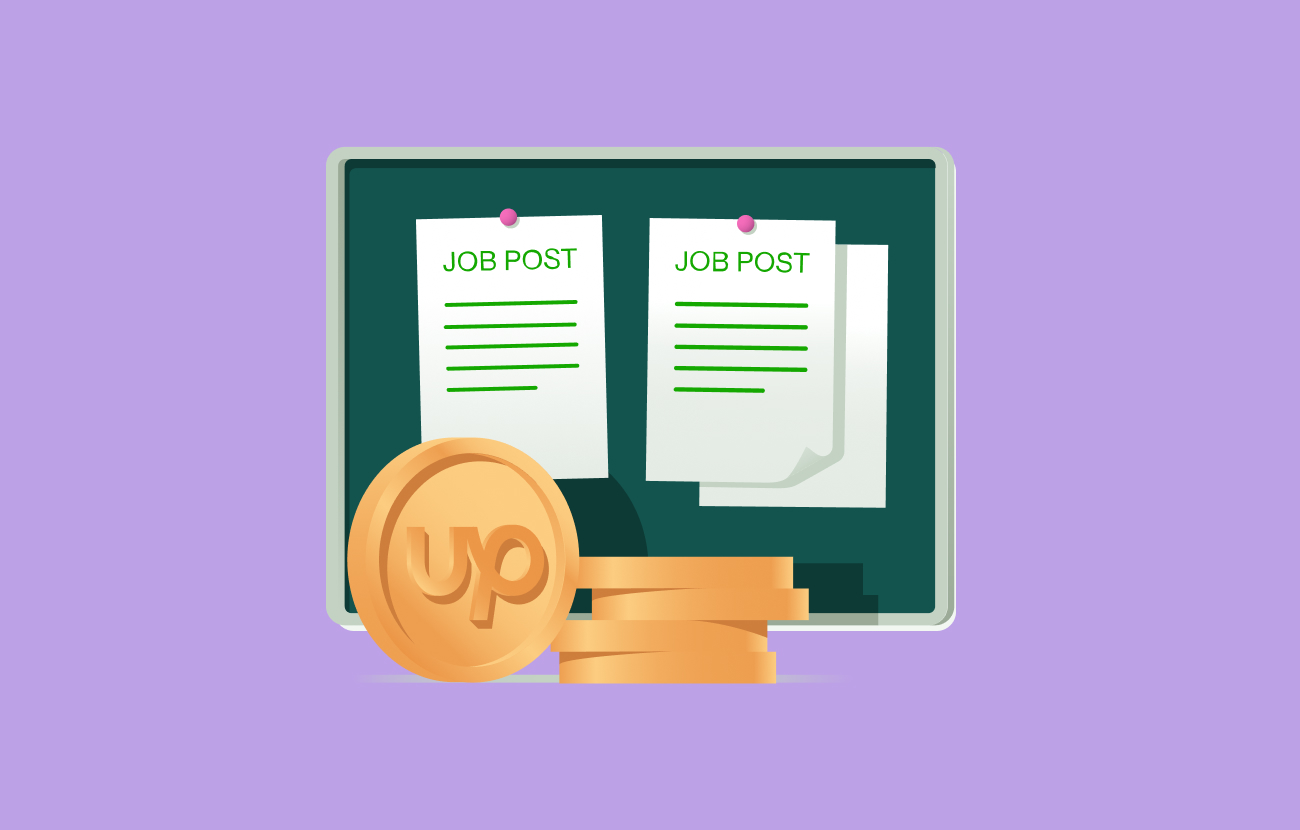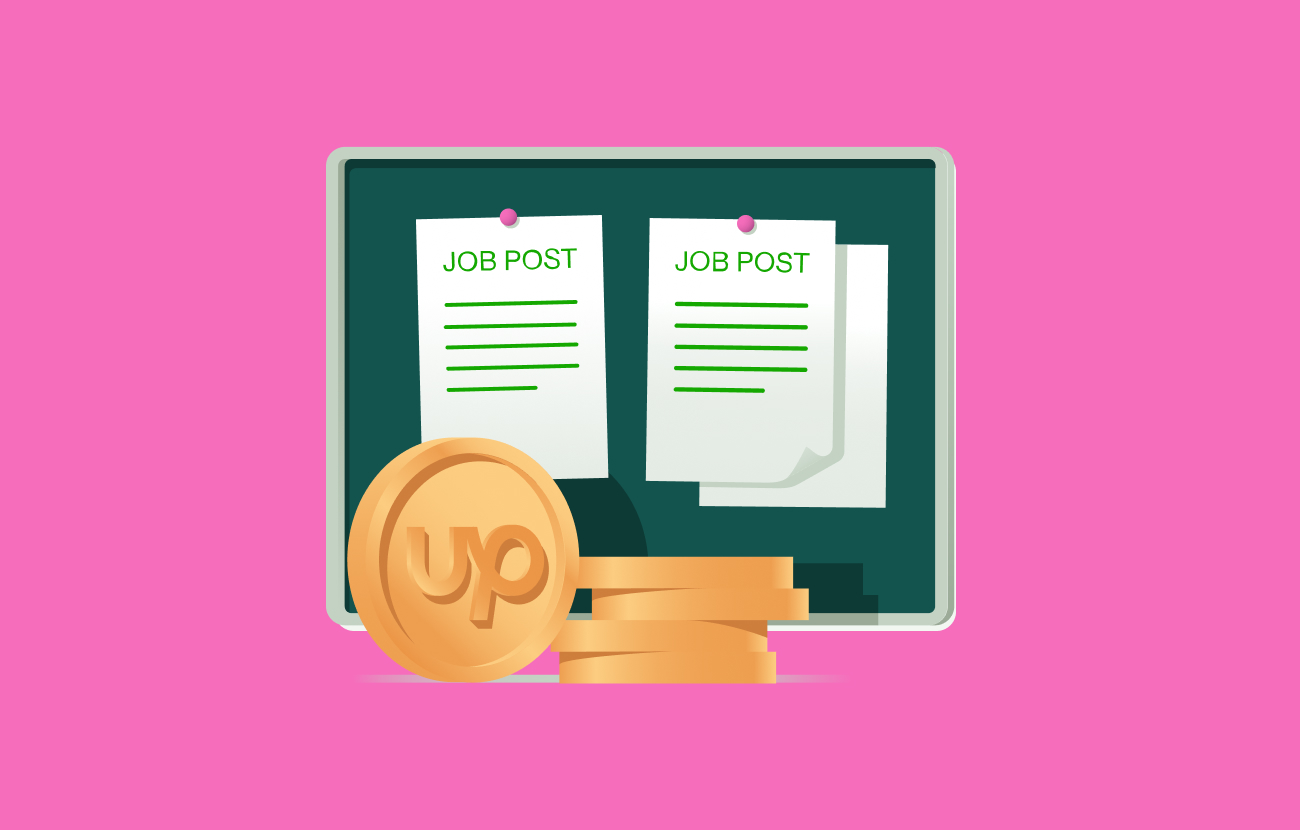How To Build Antifragile Teams That Thrive in Uncertainty
Help your team grow stronger through stress. Learn how to build antifragile teams, close skills gaps, and adapt to an AI era and beyond.

Many leaders focus on building resilient teams that can bounce back after setbacks. But what if the goal wasn't just to recover, but to use pressure and instability as catalysts for growth?
That’s the core idea behind antifragility. Coined by author Nassim Nicholas Taleb, the term describes systems that grow stronger under stress.
Where fragile systems break and resilient systems bounce back, antifragile systems are designed intentionally to develop through uncertain times. They use pressure, disruption, and change as fuel for improvement.
Using “safe shocks” to help teams grow stronger
Taleb once wrote, “Not seeing a tsunami or an economic event coming is excusable; building something fragile to them is not.” That’s the essence of antifragility: Challenges are inevitable, but your team shouldn't weaken when they hit. They should grow stronger.
One effective way to build antifragile teams is with a small-shock system. This is a practice of intentionally introducing quick, low-risk challenges.
These small shocks build muscle. Each challenge strengthens the team’s mental agility, decision-making, and ability to navigate change.
How to build a small-shock system
Your intention isn’t to overhaul everything, but to build new habits. Here’s how to build a small-shock system:
- Pick one thing to improve. Choose a process, product, or workflow that feels stuck or underperforming.
- Test something new. Run a quick, low-stakes experiment. Try a different tool, swap roles, or launch a small pilot. The goal is to stretch the team just enough to learn.
- Reflect and adapt. What worked? What didn’t? What was surprising? Use what you learn to make a small change, then run another test.
Create the conditions that help antifragility take hold
The best systems won’t stick without the right environment. If you want antifragility to last, it helps to support these four key areas:
- Ongoing learning. When people are building skills regularly, they’re more likely to respond well to change. For example, teams that take part in regular hackathons or learning sprints are more comfortable testing ideas and adapting quickly.
- Embedded experimentation. Trial and error should be part of everyday work. Teams that test early and often build the habit of adapting, learning, and solving problems as they go.
- Decentralized decision-making. Teams work better when their people are trusted to act. Putting decision power closer to the work helps teams move faster and come up with more creative solutions.
- Psychological safety. People do their best thinking when they feel safe to speak up. When teams are encouraged to ask questions, raise concerns, and offer ideas, organizations can respond to risks sooner and spot opportunities others miss.
However, in a recent report, The Upwork Research Institute uncovered a tough reality: As companies roll out AI, many are becoming more fragile. That’s not because of the technology, but because their teams aren’t equipped to keep up:
- Only 26% of companies offer formal AI training
- 50% of leaders say their teams are falling behind on needed skills
- 77% of workers say AI has increased their workload
The skills gap can slow down progress toward becoming antifragile. And when teams don’t have the support they need, their confidence takes a hit, which makes companies even more vulnerable. The good news: Forward-thinking teams found a practical way to close those gaps and keep moving.
Filling skills gaps with flexible talent
High-performing companies — what The Upwork Research Institute has dubbed Work Innovators — regularly bring in freelancers and treat them as valued contributors. Nearly all Work Innovators (92%) say they want to work with the best talent, no matter if they’re employees or freelancers. Among their peers, only 69% feel the same.
However, more businesses are realizing that the only way to keep up is by expanding their workforce to include freelance professionals:
- 48% of CEOs plan to increase freelance hiring in the next year
- Nearly one in three C-suite leaders say freelancers are essential to their operations
- More than half say they’d struggle to run their businesses without freelance support
Freelancers offer access to specialized skills in AI, design, development, data, and more. They give teams the flexibility to meet new demands, explore ideas, and build capacity without delay.
Aim for steady progress, not perfect certainty
As Dr. Kelly Monahan, Managing Director of The Upwork Research Institute, said in a recent Work Week podcast episode, "The difference between resilience and antifragility is the difference between bouncing back and leveling up."
"The difference between resilience and antifragility is the difference between bouncing back and leveling up."
— Dr. Kelly Monahan, Managing Director, The Upwork Research Institute
That insight captures the opportunity in front of you. Recovery alone is no longer the goal. What matters is helping your team build the strength to grow through challenges.
You can build antifragility without overhauling everything. Even small steps can make a big impact. Try starting with one of these:
- Choose one process or project to stress-test this week
- Hand off a decision to someone closer to the work
- Ask your team what they want to learn next and how you can support them
Don’t let a skills gap derail your progress. Upwork can help by connecting you with trusted, freelance professionals in AI, development, design, and more. See all the flexible ways you can work with freelance professionals on Upwork.






.png)
.png)
.png)
.png)
.png)



.svg)
.svg)





















